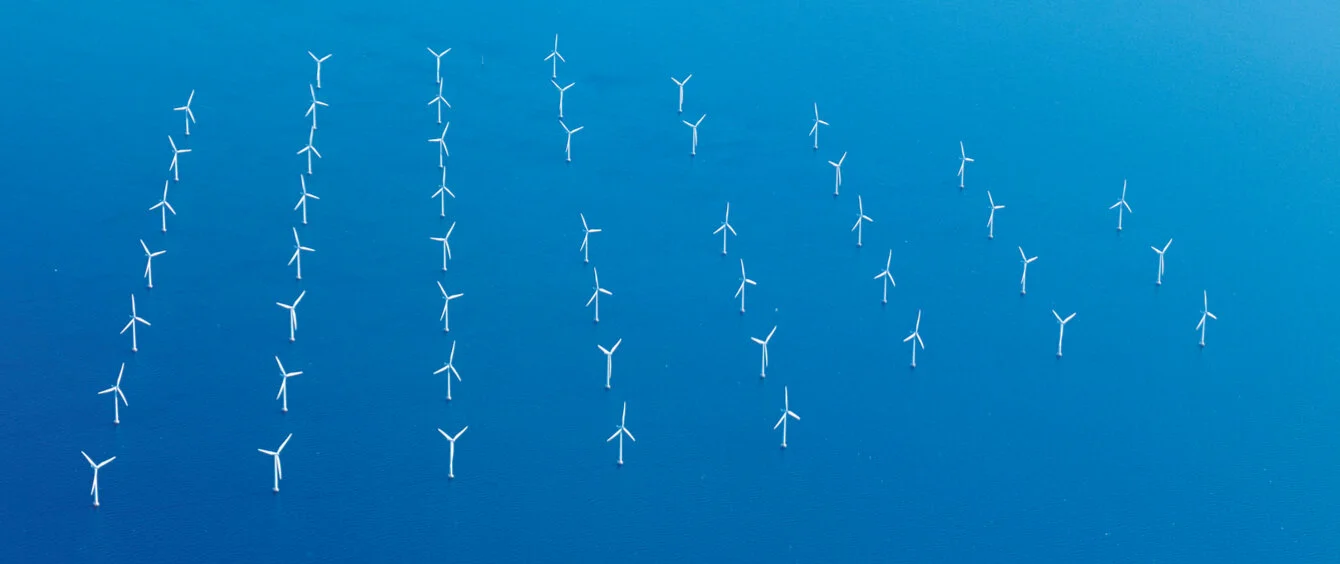Poland remains coal-centric. In fact, since the middle of 2020, the country has generated more electricity from coal than Germany, a much bigger country with a significantly stronger economy. This makes Poland the largest coal-based power producer in the European Union, according to analysts from think tank Ember. At the end of 2020, hard coal and lignite accounted for nearly 70 percent of the Polish electricity mix. In a two-part miniseries, en:former presents Poland’s energy system. The first part deals with the still high dependence on coal in electricity generation, while the ambitious expansion plans for offshore wind energy are the topic of part 2.
In view of the EU’s climate goals, however, Poland must follow suit with other member states and accelerate its own energy transition. By consequence, renewable sources of energy are increasingly gaining importance. The government recently set a target for the expansion of wind energy and gave it a legal framework. In a two-part mini-series, en:former will shine a spotlight on the Central European country and its gradual farewell to its coal tradition. In Part I, we analysed the status quo. Now, in Part II, we will provide some insight into the country’s declared plans to expand offshore wind.
Parliament’s green light to offshore wind
To enable ambitious offshore wind projects, Poland enacted the Offshore Wind Act. In so doing, the country’s parliament laid down the first set of rules governing the construction and operation of wind farms in the Baltic Sea. The regulations, including the dedicated support scheme, passed
They envisage the regulator granting support for 5.9 gigawatts (GW) by mid-2021 – under the proviso that this capacity be taken online between 2025 and 2030. Further support will be auctioned for an additional 3 to 5 GW between 2025 and 2027, with this capacity scheduled to be put on the system from the next decade onwards. Based on current data, this would push Poland’s installed capacity up to nearly 11 GW, making it the biggest offshore wind country on the Baltic Sea.
Contracts for difference for fair planning certainty
Similar to the United Kingdom today, Poland will also support offshore wind energy with contracts for difference (CfDs). In Phase 1, the regulator awards CfDs to the operators of more mature projects for a project-dependent exercise price, which is also subject to EU state aid approval. Effectively, CfDs translate into a fixed payment per megawatt hour of electricity. If the electricity price realised exceeds it, the wind farm operator has to pay the difference to the state, and if it falls below the fixed remuneration, the operator is refunded the difference.
Meanwhile, new seabed licences are awarded in competitive procedures, a process expected to gain momentum soon. Starting from 2025, these projects will be able to compete in CfD auctions in Phase 2. Support will be granted to the bidders with the lowest exercise prices. CfD support will be limited to 25 years or 100,000 full load hours of operation. This means that the CfDs would likely expire prematurely at an average utilisation rate above 45.7 percent.
Participation in both phases is subject to compliance with strict requirements. One such prerequisite is preliminary supply chain planning. A particular of the procedure is that the construction of the grid connections to the onshore transformer stations is left up to the operators. This will probably inflate CfD prices commensurately.
Forecast for energy generation by offshore wind farms in Poland
in terawatt hours, source: Polish Wind Energy Association (PSEW)Several companies in the fray
CfD awards will initially consider projects that have already been allocated grid capacity and meet certain other criteria, i.e. projects belonging to RWE, Polenergia in partnership with Equinor, PGE in partnership with Orsted, PKN Orlen in partnership with Northland Power, and Ocean Wind. Several Polish companies develop offshore projects with foreign partners, and new collaborations may be set up to win new seabed lease awards. January thus saw the three Polish energy groups PGE, Enea and Tauron sign a letter of intent for the joint construction of offshore wind farms.
RWE Renewables, the world No. 2 in offshore wind, also has plans to build wind farms in the Polish Baltic Sea. The company has a pipeline of offshore projects in the area surrounding Slupsk Bank (Central Baltic Sea), and has already secured a first CfD award for the most mature project, FEW Baltic 2.
Meet one-sixth of electricity demand in 2030
By building wind farms in the Baltic Sea, Poland will take a major step towards implementing its energy transition. So far, the country has generated some 80 percent of its electricity from fossil fuel, with coal leading the way. Wind energy, which has been entirely onshore to date, contributes a mere 10 percent.
Based on the referenced utilisation rate of 45.7 percent, the offshore wind farms planned through to 2030, which will have a combined capacity of 5.9 GW, would produce approximately 23.6 terawatt hours of electricity per annum. This roughly equals 16 percent of Poland’s current power consumption. The first turbines in the Polish Baltic Sea could start putting electricity on the system in 2025.
Offshore wind, the job engine
Poland hopes that developing and operating offshore wind farms will lead not only to a more sustainable electricity mix, as the seaports of Szczecin, Gdańsk and Gdynia also stand to reap economic benefits. Skilled workers with outstanding qualifications will be required to build and maintain not only the plants but also the necessary special vessels. The Polish Wind Energy Association PSEW anticipates annual investments equivalent to about 4.3 billion euros.
This has the potential to turn offshore wind energy into a major pillar of the Polish economy during the post-COVID reconstruction phase. Indeed, thanks to its wind energy sector, Poland could actually advance to become a European hydrogen region.
Photo credit: © badahos, shutterstock.com
